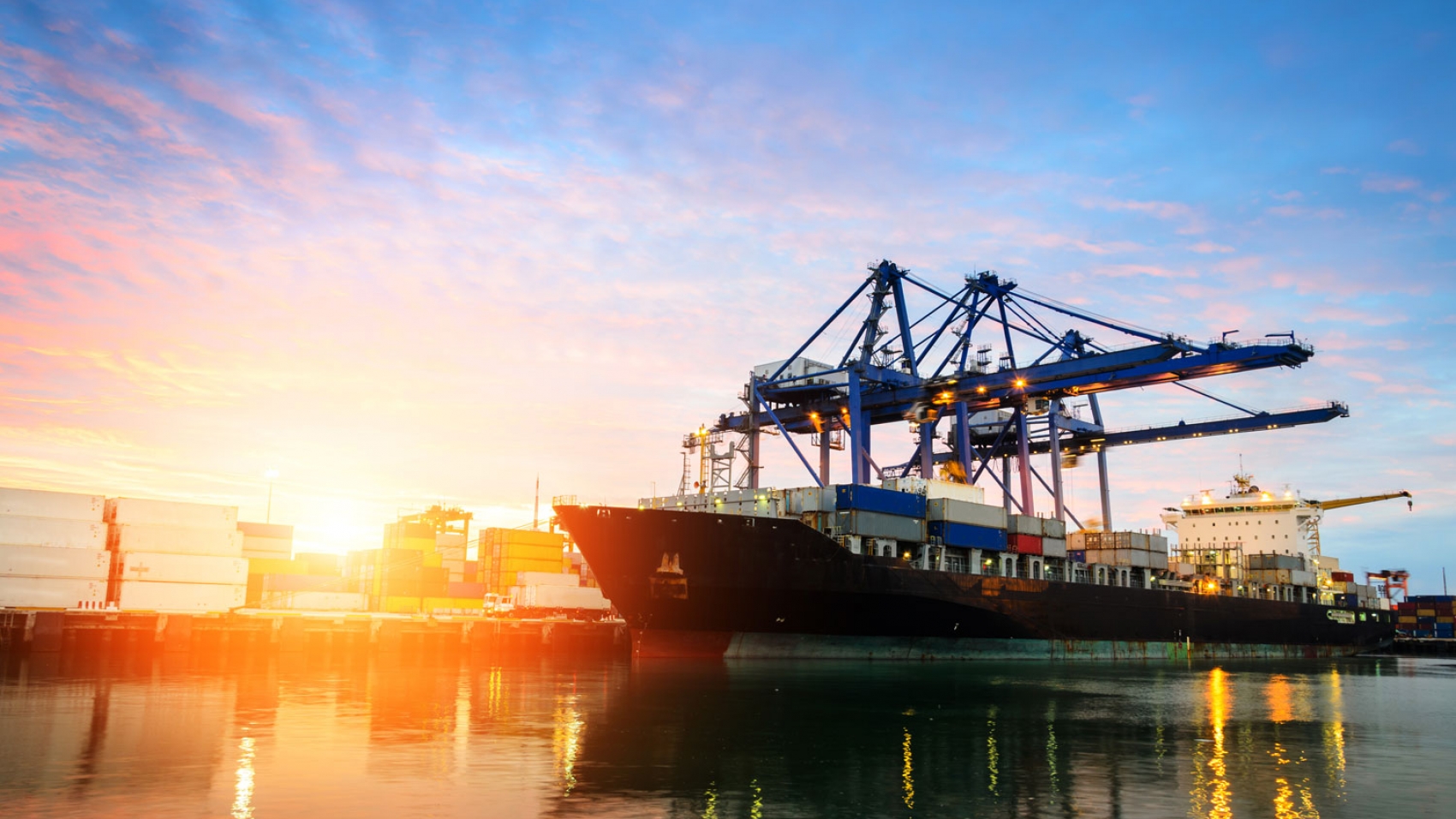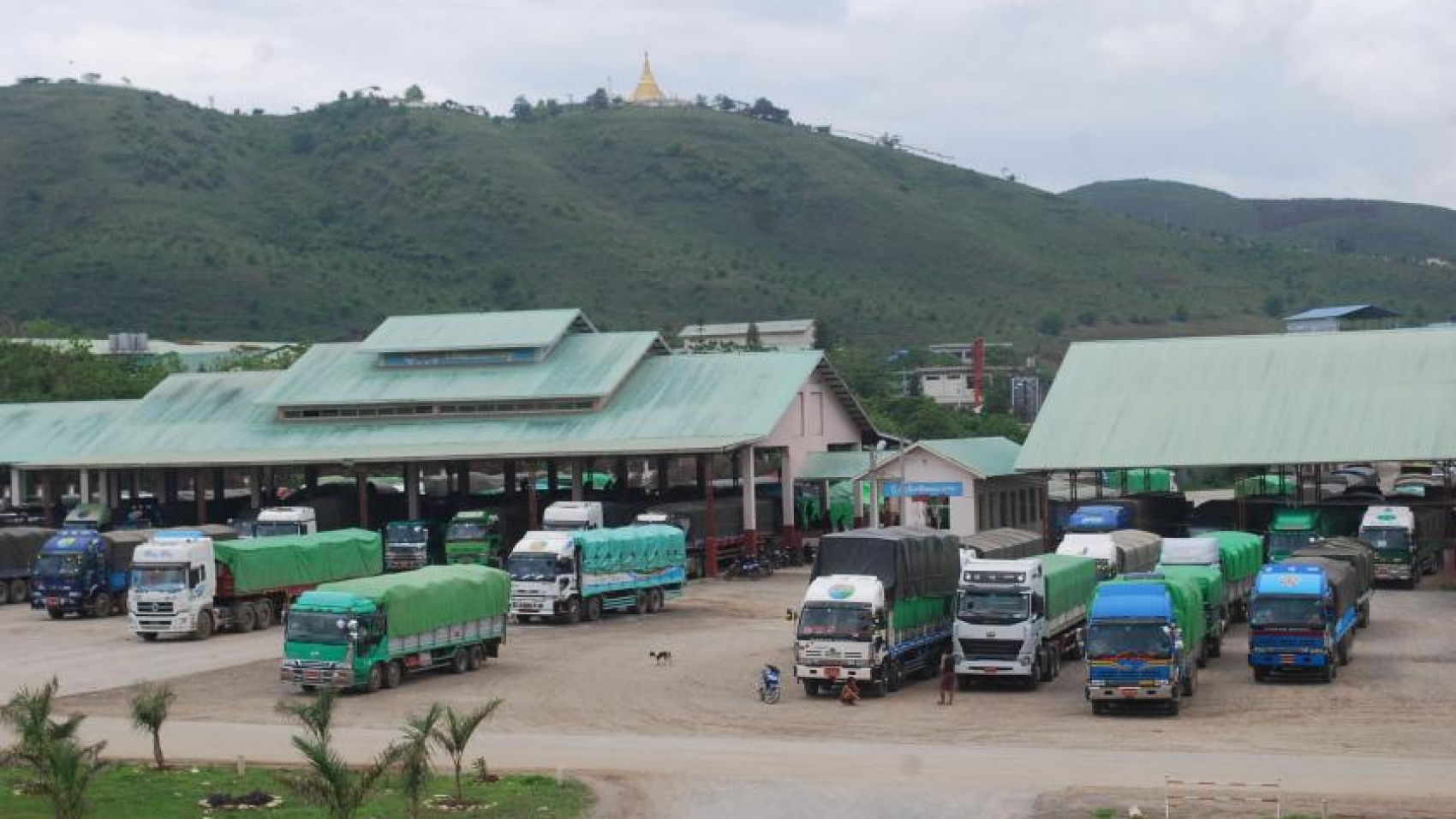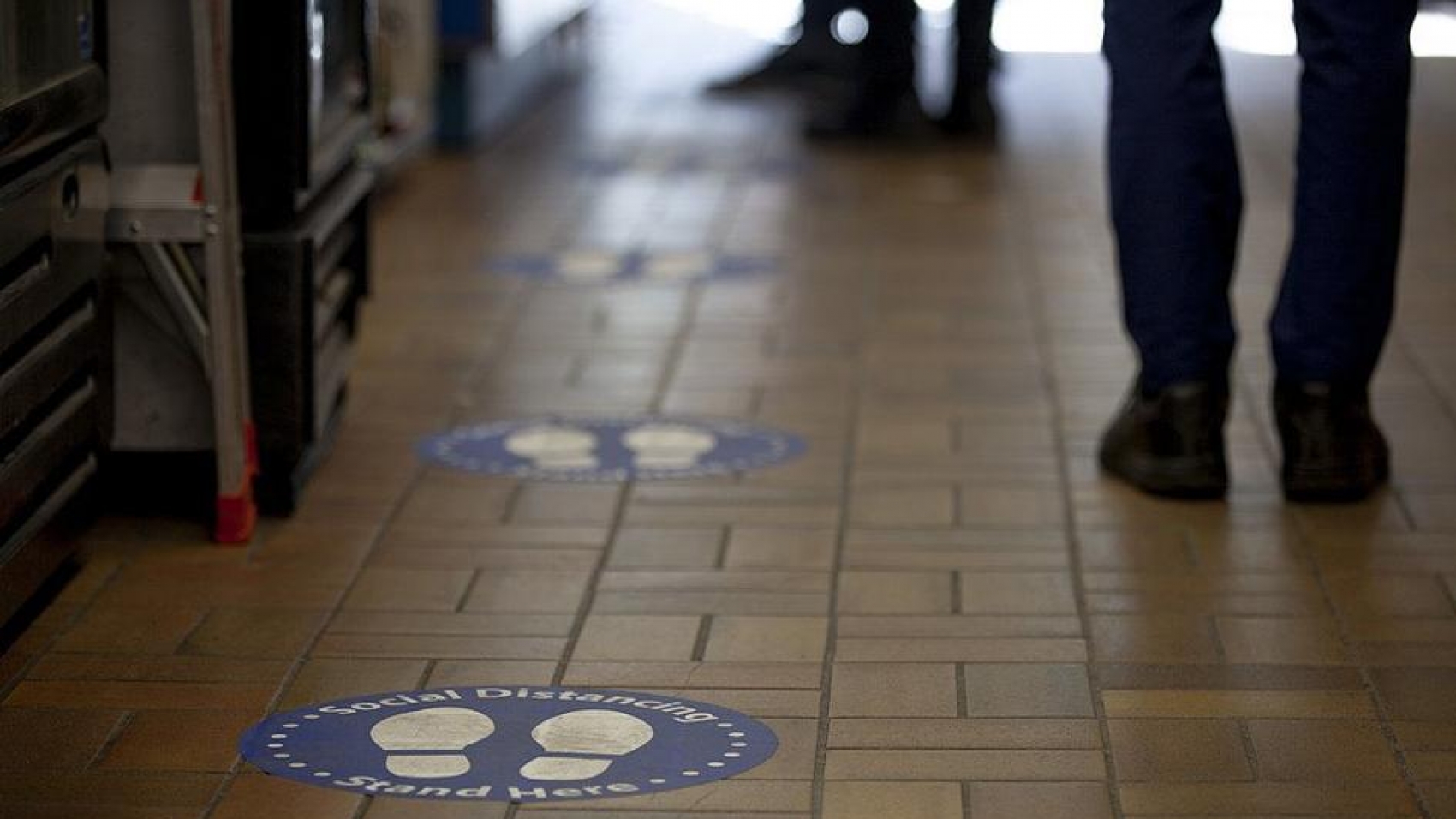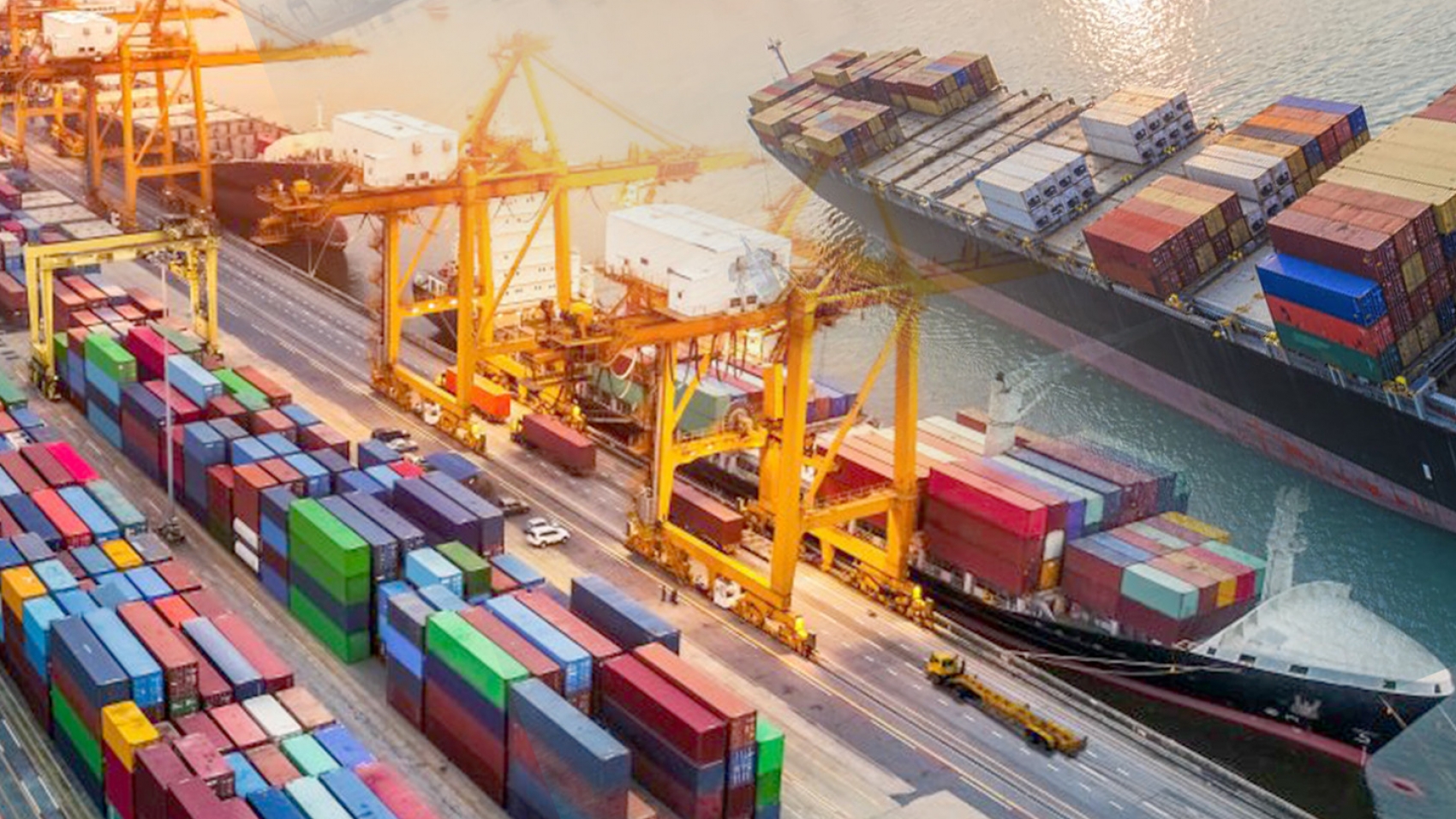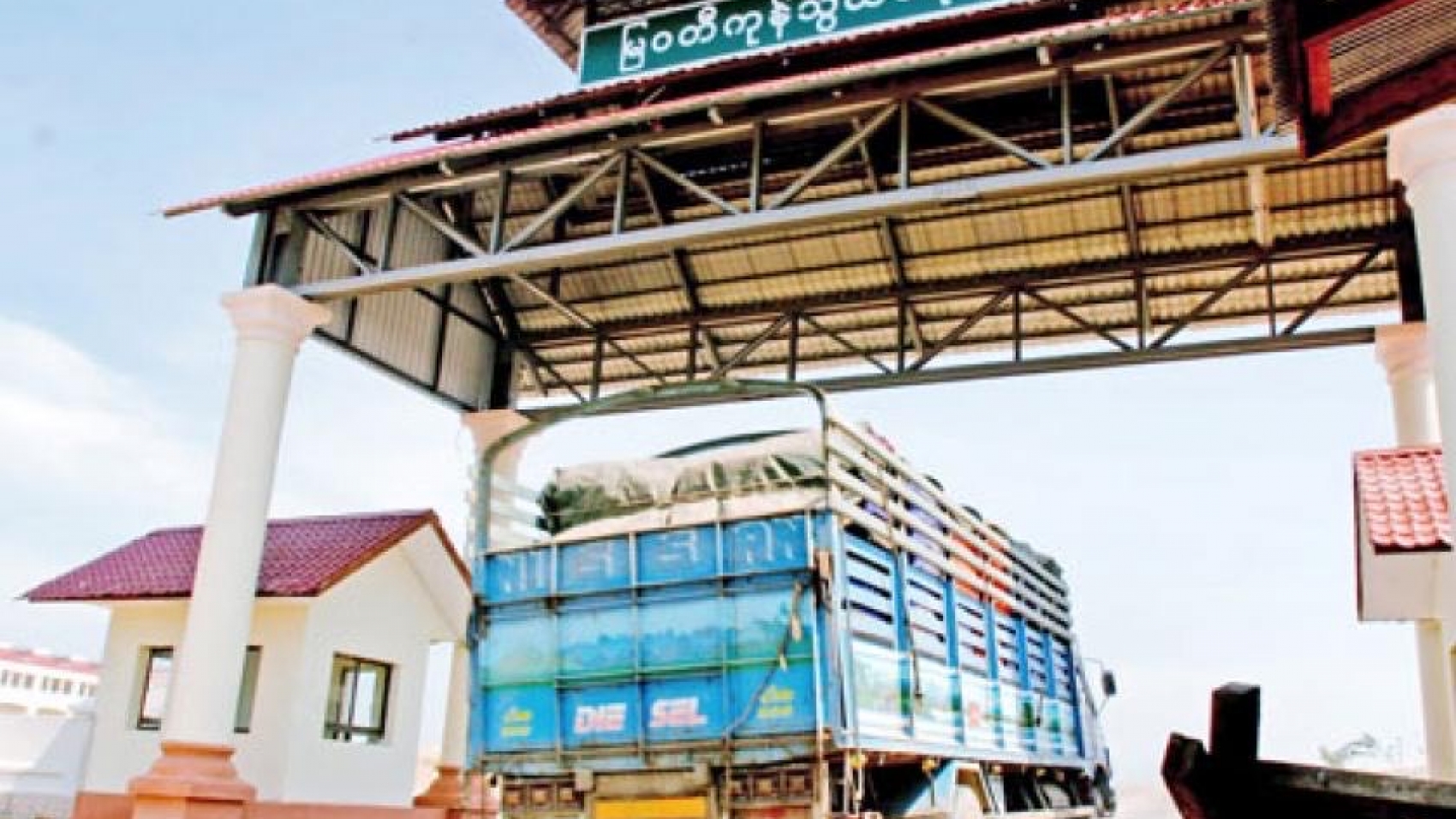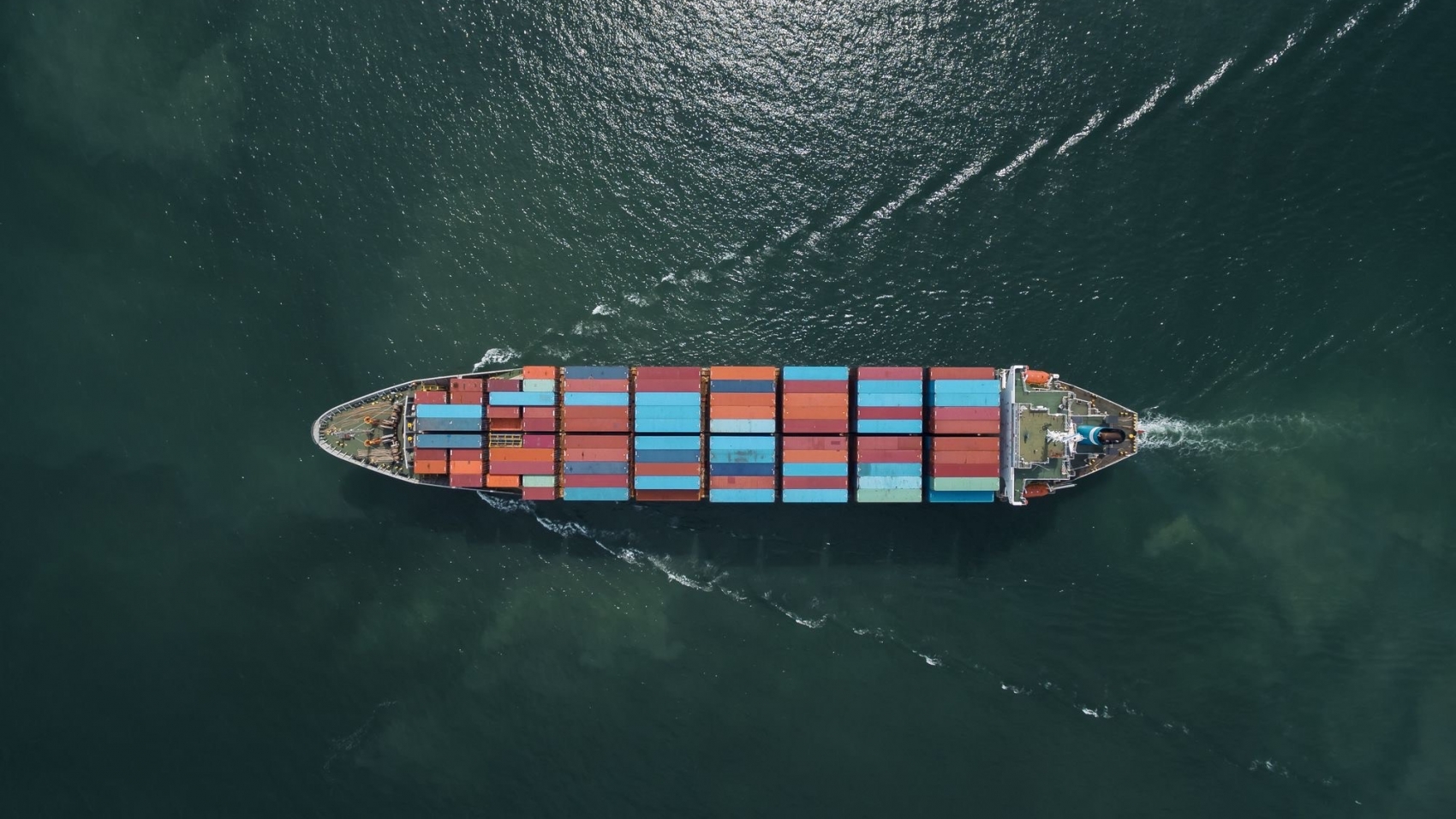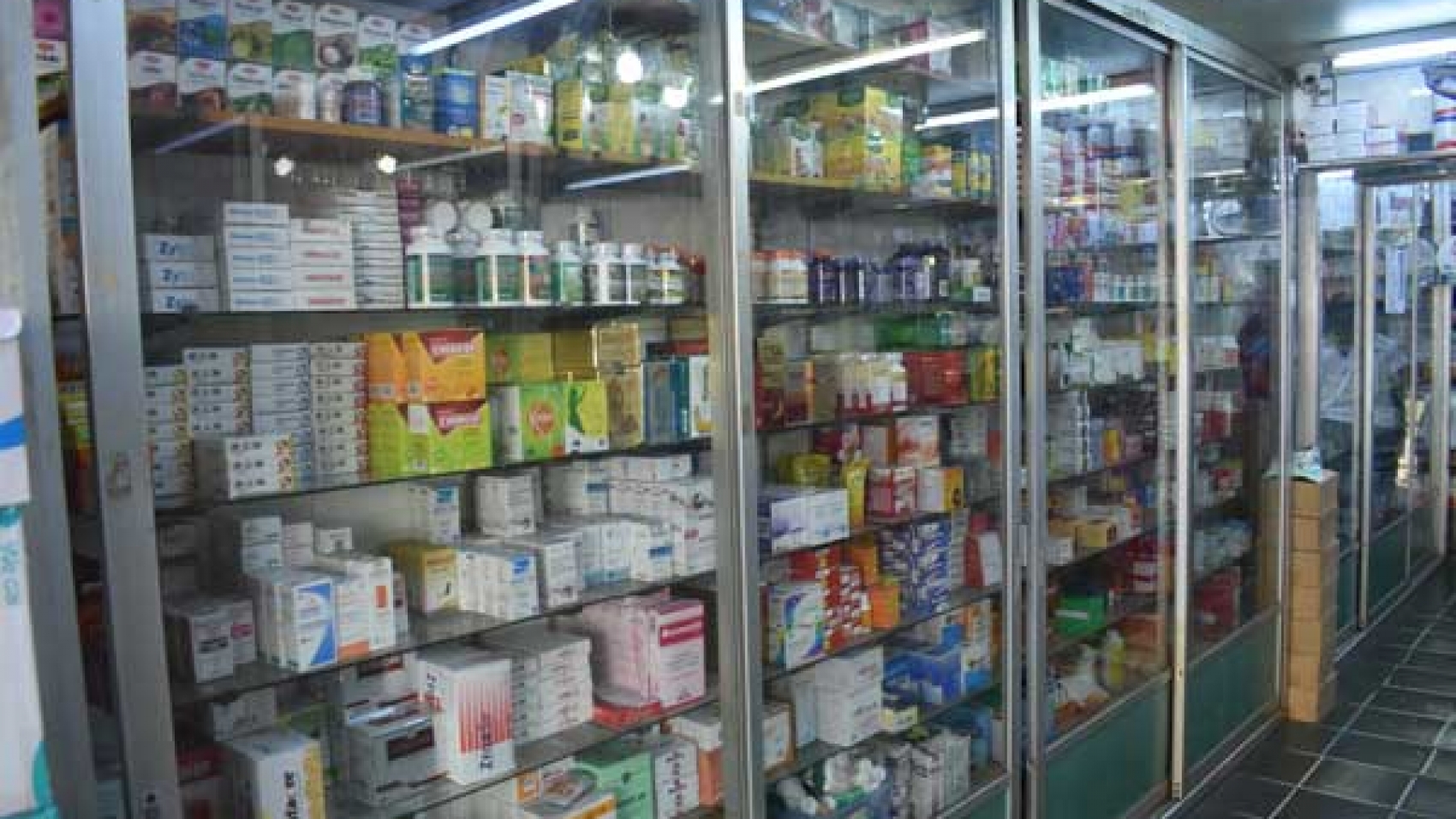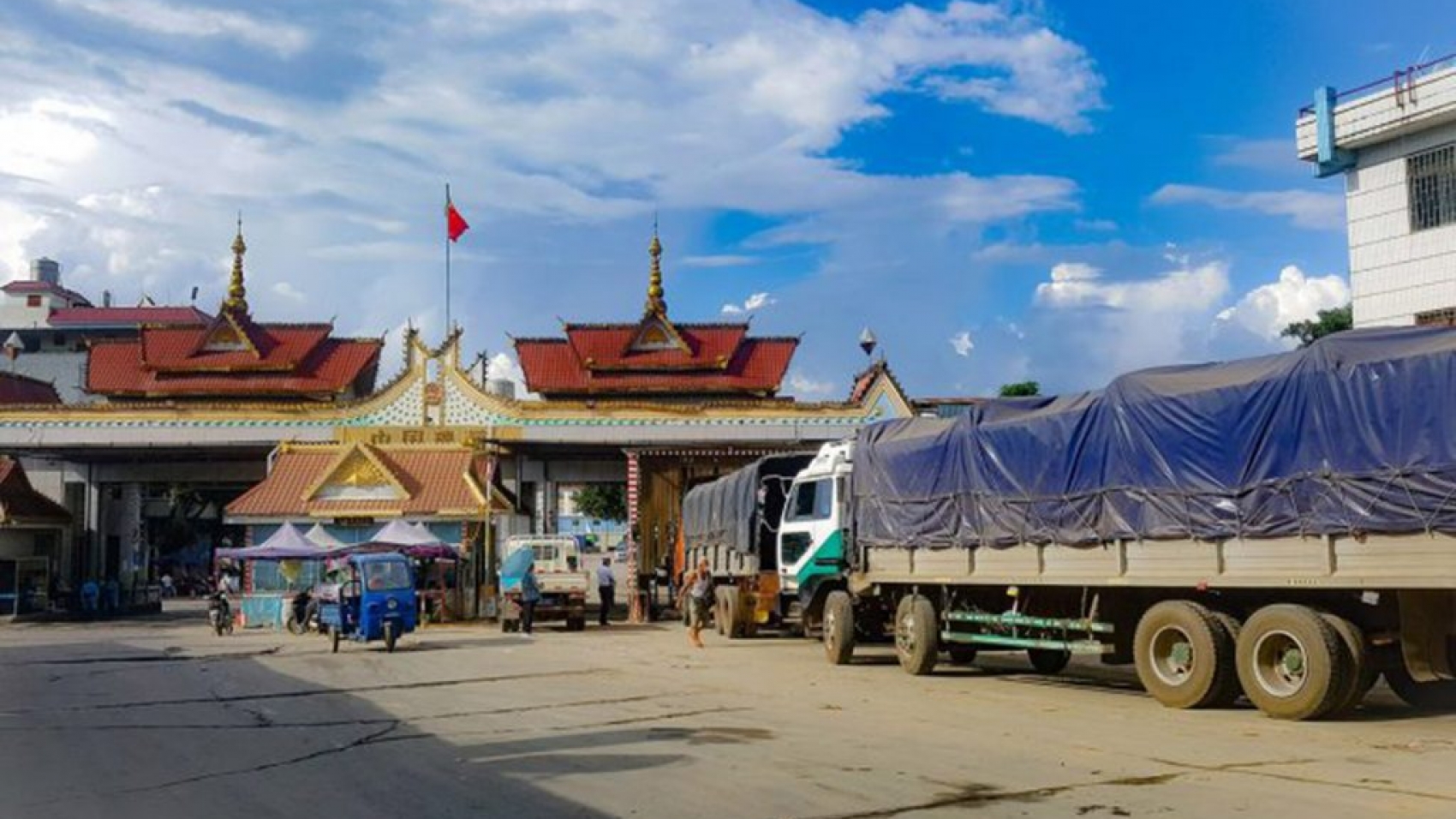The value of Myanmar’s maritime trade over the past eight and a half months (1 Oct-18 June) of the current financial year 2020-2021 sank to US$14 billion, which is a 25 per cent drop compared with the same corresponding period of last year. The figures plunged from $18.9 billion during the year-ago period, according to the Ministry of Commerce. While maritime exports are valued at $5.8 billion, imports have registered at $8.243 billion. Compared to the same period in the 2019-2020 financial year, imports fell by $3.59 billion, while exports have registered a decrease of $1.29 billion.
The maritime trade fell by $4.89 billion as of 18 June as against last year. Meanwhile, the value of trade through the border this FY was estimated at $7.43 billion, a decrease of $806 million as against a year-ago period. Myanmar witnessed a slump in exports and imports triggered by the coronavirus pandemic. Both sea trade and border trade dropped amid the coronavirus impacts and the political changes. For maritime trade, disruption in the logistic sector and cargo shipping crisis triggered by the COVID-19 impacts scaled-down the maritime trade somehow.
The country’s total external trade over the past eight months touched a low of $21.48 billion, which plunged from $27 billion recorded in a year-ago period. Myanmar’s sea trade generated $26 billion out of an overall trade value of $36 billion in the last FY2019-2020, the Ministry of Commerce’s statistics indicated. Myanmar exports agricultural products, fishery products, minerals, livestock, forest products, finished industrial goods, and other products while it imports capital goods, consumer goods, and raw industrial materials. The country currently has nine ports involved in sea trade. Yangon Port is the main gateway for Myanmar’s maritime trade. It includes the Yangon inner terminals and the outer Thilawa Port.
Source: The Global New Light of Myanmar

